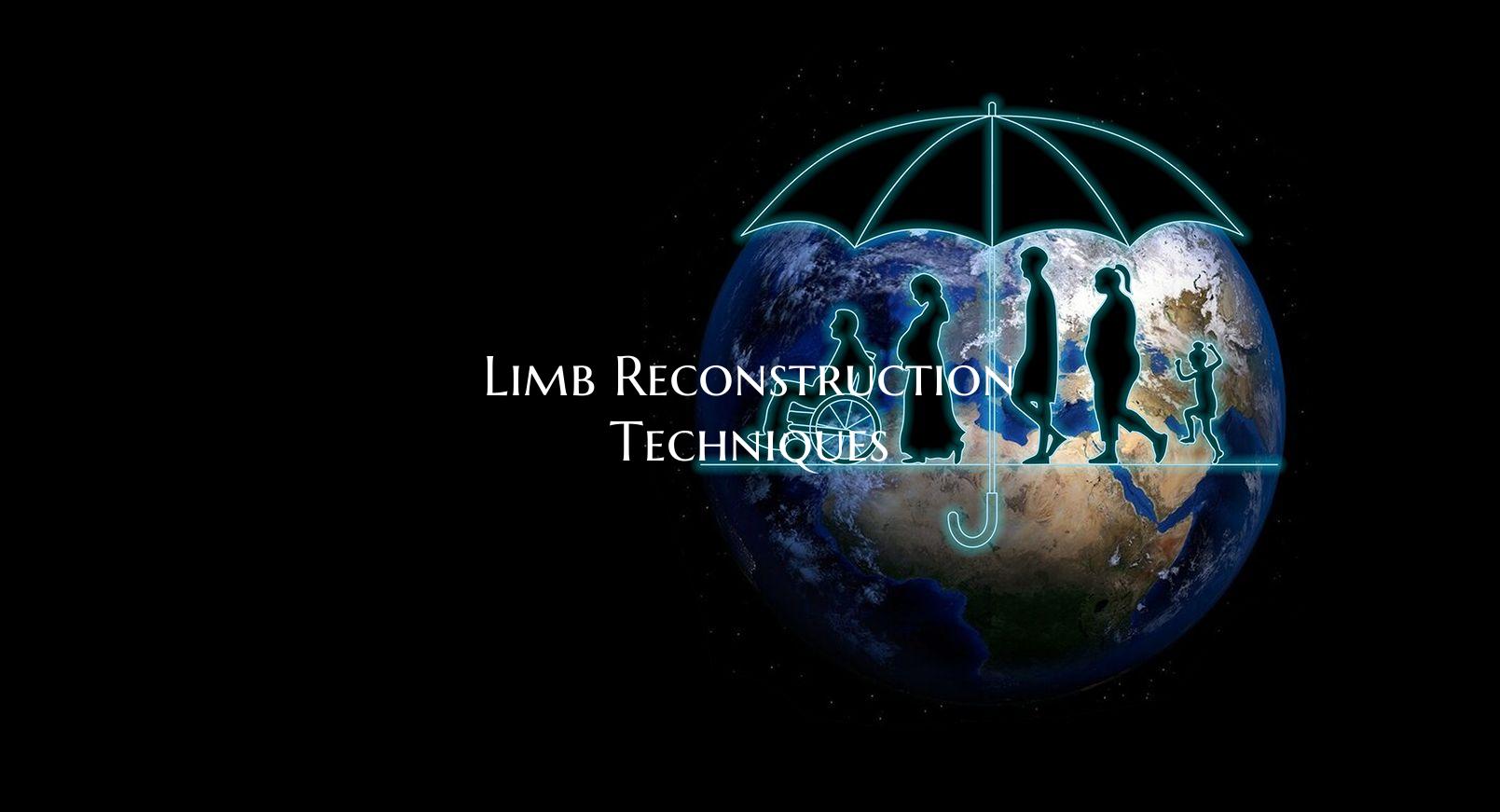
Limb Reconstruction Techniques
Introduction: Limb reconstruction techniques have greatly evolved in recent years, offering advanced solutions for patients with complex limb injuries or deformities. These techniques encompass a range of surgical procedures and treatment approaches aimed at restoring function and appearance to the affected limb. From bone lengthening to soft tissue repair, limb reconstruction has opened new possibilities for improving quality of life and mobility for individuals facing challenging limb conditions.
1. Bone Lengthening Procedures: One of the key aspects of limb reconstruction techniques involves bone lengthening procedures. This approach is often used to address limb length discrepancies or deformities caused by congenital conditions, trauma, or other factors. Techniques such as distraction osteogenesis, where the bone is gradually extended using an external fixator, have shown remarkable success in achieving desired limb length and alignment.
2. Soft Tissue Reconstruction: In addition to bone lengthening, soft tissue reconstruction plays a vital role in restoring function and aesthetics to a reconstructed limb. This involves repairing damaged muscles, tendons, ligaments, and skin to improve overall limb functionality and appearance. Advanced microsurgical techniques are frequently employed to transfer healthy tissue to the affected area, enabling better wound healing and enhancing limb strength and flexibility.
3. External Fixation Devices: External fixation devices are commonly used in limb reconstruction techniques to provide stability and support during the healing process. These devices, which may include circular frames or hybrid constructs, help to maintain proper limb alignment and facilitate bone growth. By gradually adjusting the fixator, surgeons can control the rate and direction of bone lengthening, leading to optimal outcomes for the patient.
4. Internal Fixation Methods: Internal fixation methods, such as intramedullary nails, plates, and screws, are often employed in limb reconstruction surgeries to stabilize fractures, correct deformities, and promote bone healing. These implants provide structural support to the bone and facilitate faster recovery, enabling patients to regain function and mobility sooner. Advances in implant technology have led to more robust and durable options for achieving long-term success in limb reconstruction procedures.
5. Rehabilitation and Postoperative Care: Rehabilitation and postoperative care are integral components of the limb reconstruction process, helping patients recover strength, range of motion, and functionality in the reconstructed limb. Physical therapy, occupational therapy, and other specialized interventions play a crucial role in optimizing outcomes and enabling patients to return to their daily activities with improved confidence and independence. Close monitoring and follow-up care are essential to track progress, address any complications, and ensure the long-term success of the limb reconstruction procedure.
Conclusion: Limb reconstruction techniques have revolutionized the field of orthopedic surgery, offering innovative solutions for patients with complex limb conditions. By combining advanced surgical procedures, state-of-the-art technology, and multidisciplinary care, healthcare providers can achieve remarkable results in restoring form and function to damaged or deformed limbs. As research and technology continue to advance, the future holds great promise for further enhancing limb reconstruction techniques and improving the lives of individuals in need of these specialized interventions.